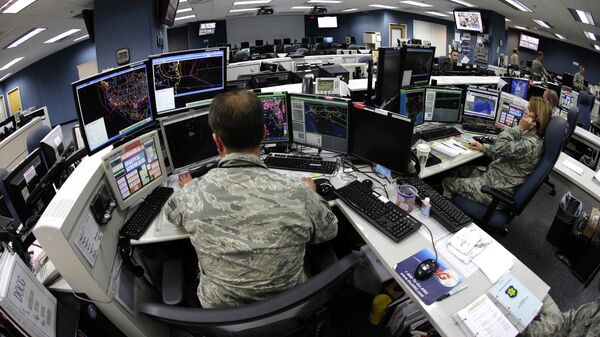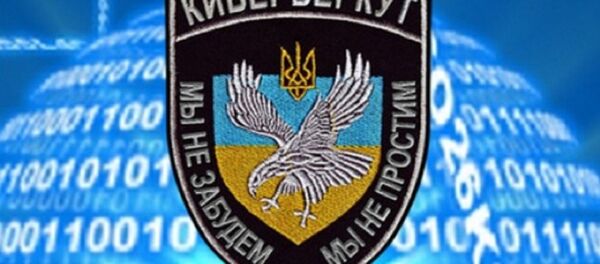Deputy Defense Secretary Bob Work has said that electronic warfare and cyber capabilities – so-called "non-kinetic" techniques – hold more promise for missile defense than the traditional method of shooting down one missile with another.
"It doesn't have to be a kinetic solution," Work said in March. "Hell, I don't really want a kinetic solution. It's got to be something else."
However, these weapons systems are shrouded in so much secrecy that sometimes even relevant military personnel are left in the dark.
"We need to have enough people who understand what each of them is [and] a way to use them when the time comes," said Rear Admiral Archer Macy, retired director of the Joint Integrated Air and Missile Defense Organization. "The fact that only very few people know what [some of these capabilities] are make that very difficult."
"This is not new," he continued. "We've been doing this in warfare going back to when we figured out, 'OK, do you use the archers first or the knights on horses?"
Still, the Pentagon needs to ensure that, in the event of an enemy missile launch, US personnel know how to deploy these new high-tech weapons systems – along with when and against which threats.
"Do I use the photon torpedo first or do I use the light saber first?" Macy said. "The people who are going to need it in the actual eventuality [of an attack], some of them are going to need to know about it, and they need to know about it before the eventuality."
"You've got to deal with the classification questions," he added. "You've got to deal with the command and control."



